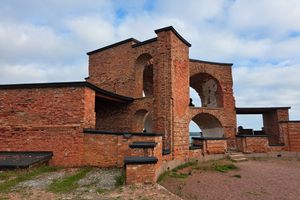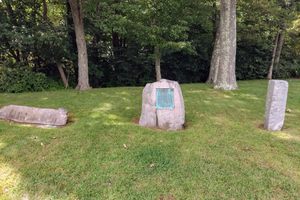For centuries, the Åland Islands have been a strategic piece of land in the middle of northern Baltic Sea. The archipelago, inhabited by Neolithic tribes, ruled by Vikings, Danes and Swedes fell into the hands of Russians in 1809 after Sweden lost them to Russia after the Finnish War.
The new rulers realized the strategic significance of the islands as the western outpost of the empire and quickly launched large scale construction projects, one of which was the Bomarsund Fortress.
The fortress was to become a complex of imposing proportions, consisting of dozens of buildings, towers, barracks and other structures. The construction began in 1830 but was stopped short in 1854, during the Crimean War, when it was attacked by British and French forces.
By that time only a small portion of the fortress had been finished. The works progressed at a slow pace, even though thousands of labourers, prisoners and slaves were put to work. According to plans, 4,000–5,000 troops were supposed to be stationed in Bomarsund in the future. However, out of 12 planned towers, only two were finished by the time war broke out.
As a result, the invading powers destroyed the fortress to ruins and after the Crimean War, the Åland Islands were demilitarized.
Today, the Bomarsund fortress ruins stand as a reminder of grandiose ambitions and their sudden end. A visitor’s centre nearby tells a more in-depth story and a 4.2-kilometer trail allows the visitors to see the most important structures of the fortress.



